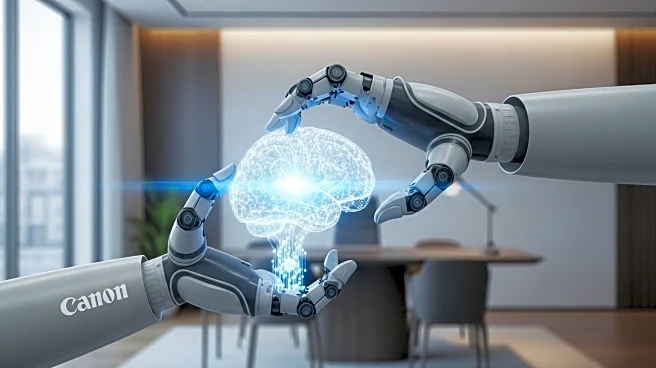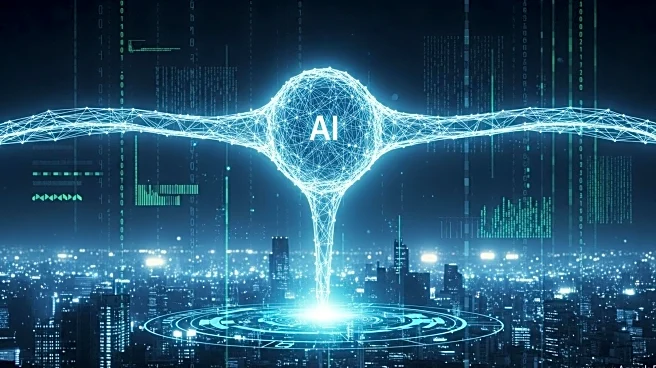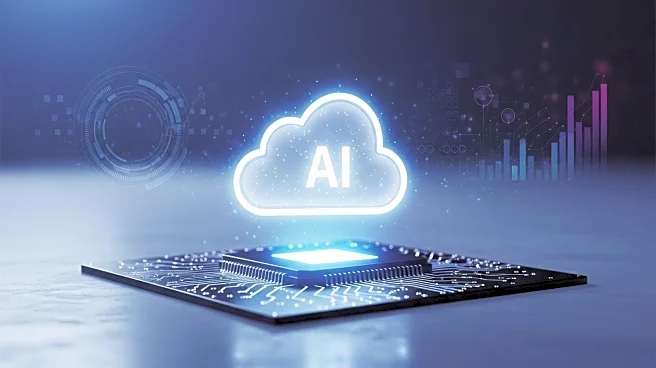What's Happening?
Coinbase Global Inc., a major player in the cryptocurrency industry, is advancing its integration of artificial intelligence (AI) in software development. CEO Brian Armstrong has disclosed that over 40% of the company's code is now generated by AI tools, with a target of reaching 50% by October 2025. Armstrong has enforced a one-week deadline for engineers to adopt AI tools like GitHub Copilot and Cursor, dismissing those who resisted. This move, made without traditional change-management protocols, highlights the urgency of Coinbase's AI adoption strategy. Critics argue that such mandates could suppress creativity and overlook concerns about AI-generated code quality. Despite the controversy, Coinbase reports improvements in development speed and efficiency, aligning with its broader goals.
Why It's Important?
Coinbase's aggressive AI integration reflects a broader shift in the tech industry, where AI tools are increasingly mandated rather than optional. This strategy is not unique to Coinbase, as rival firms also enforce AI use to cut costs and drive innovation. The company's approach has sparked debates about balancing innovation with employee retention. While the number of affected employees is small, Coinbase's stance signals a transformation in how tech firms manage workforce adaptation to emerging technologies. The strategy also highlights the complexities of AI adoption in large-scale software development, emphasizing the need for human oversight to ensure security and maintainability.
What's Next?
Coinbase's approach may influence hiring and training practices across the tech industry. The company is actively hiring for over 150 engineering roles, many focusing on AI-related skills. This shift suggests that companies are reshaping the skill sets they prioritize for future engineers. As AI tools evolve, the emphasis on adaptability and collaborative problem-solving is likely to grow. Public reaction to Coinbase's AI-driven strategy has been mixed, with social media reflecting a spectrum of views. As Armstrong's approach unfolds, it may serve as a case study for tech firms navigating AI integration in the workplace.











